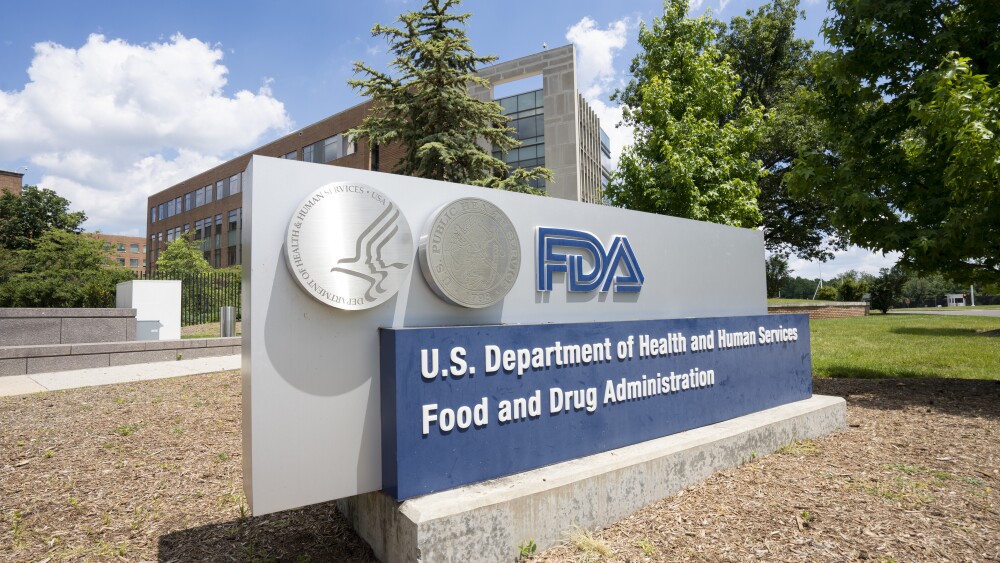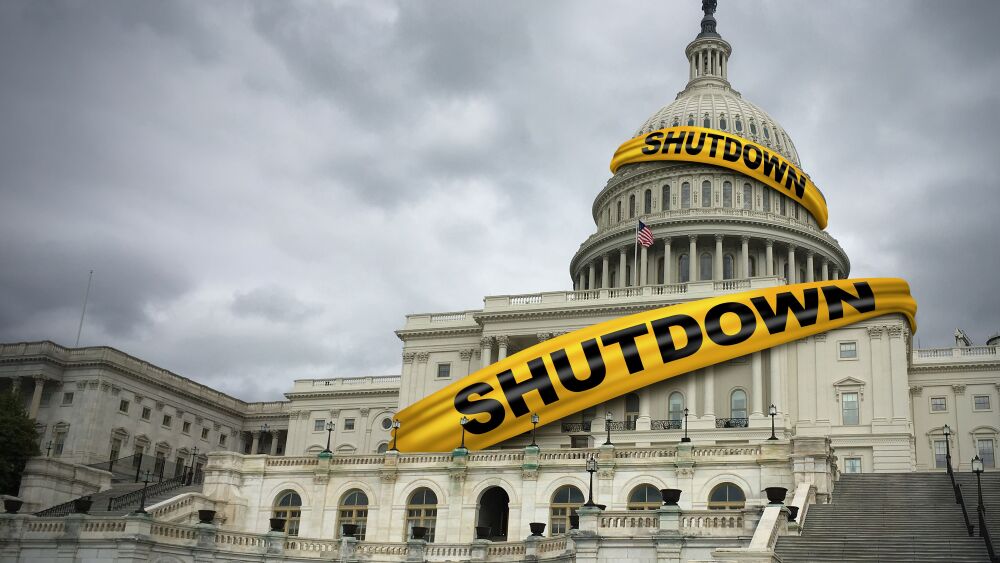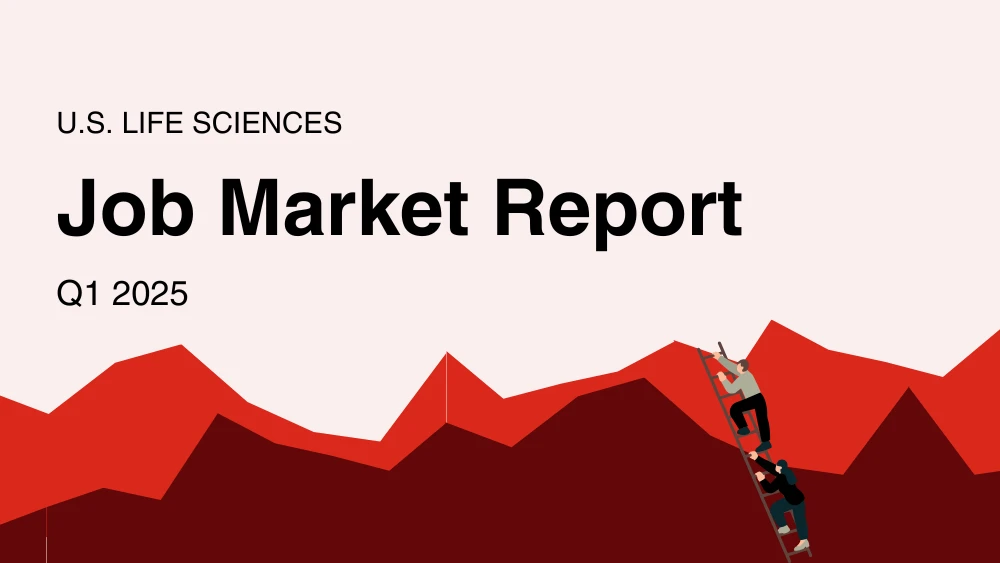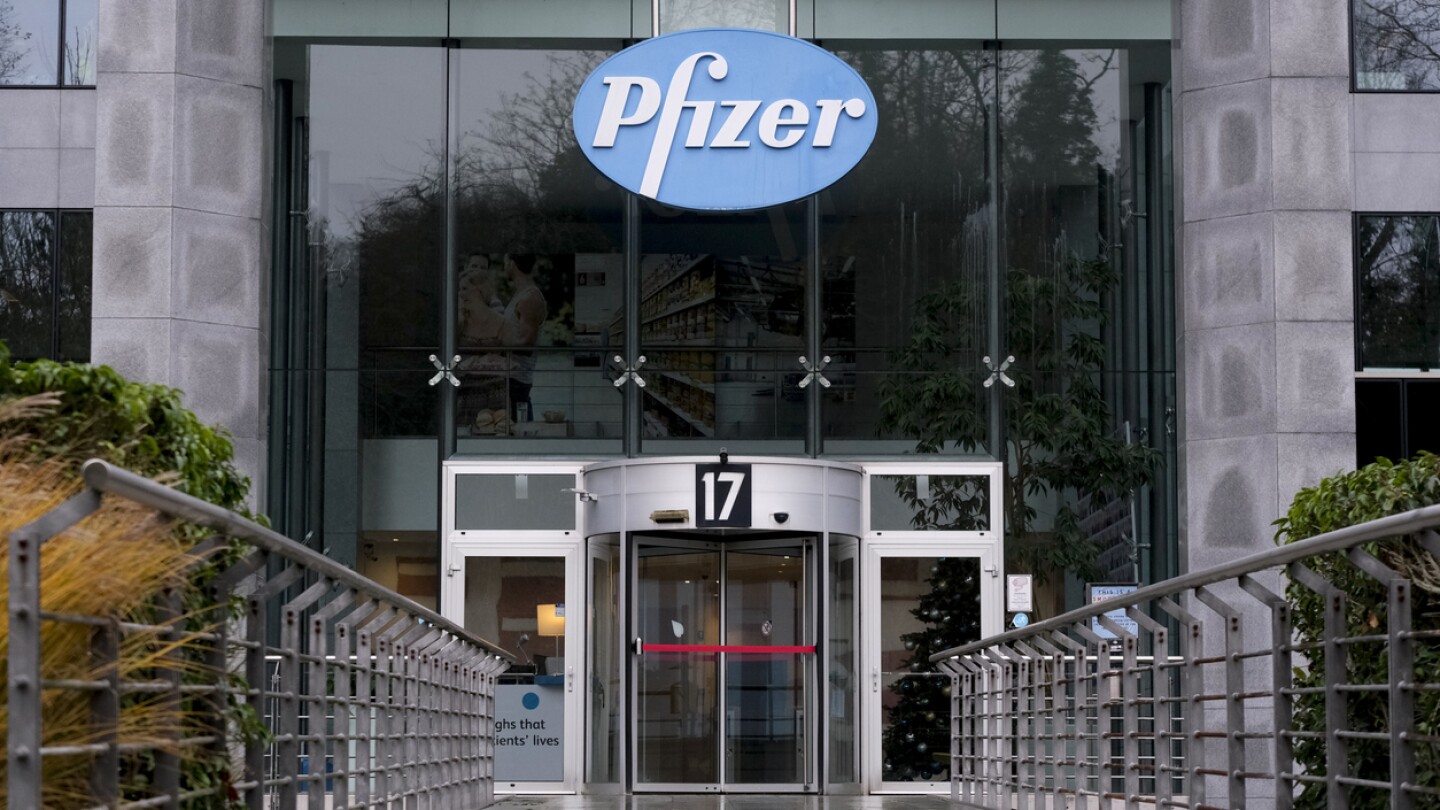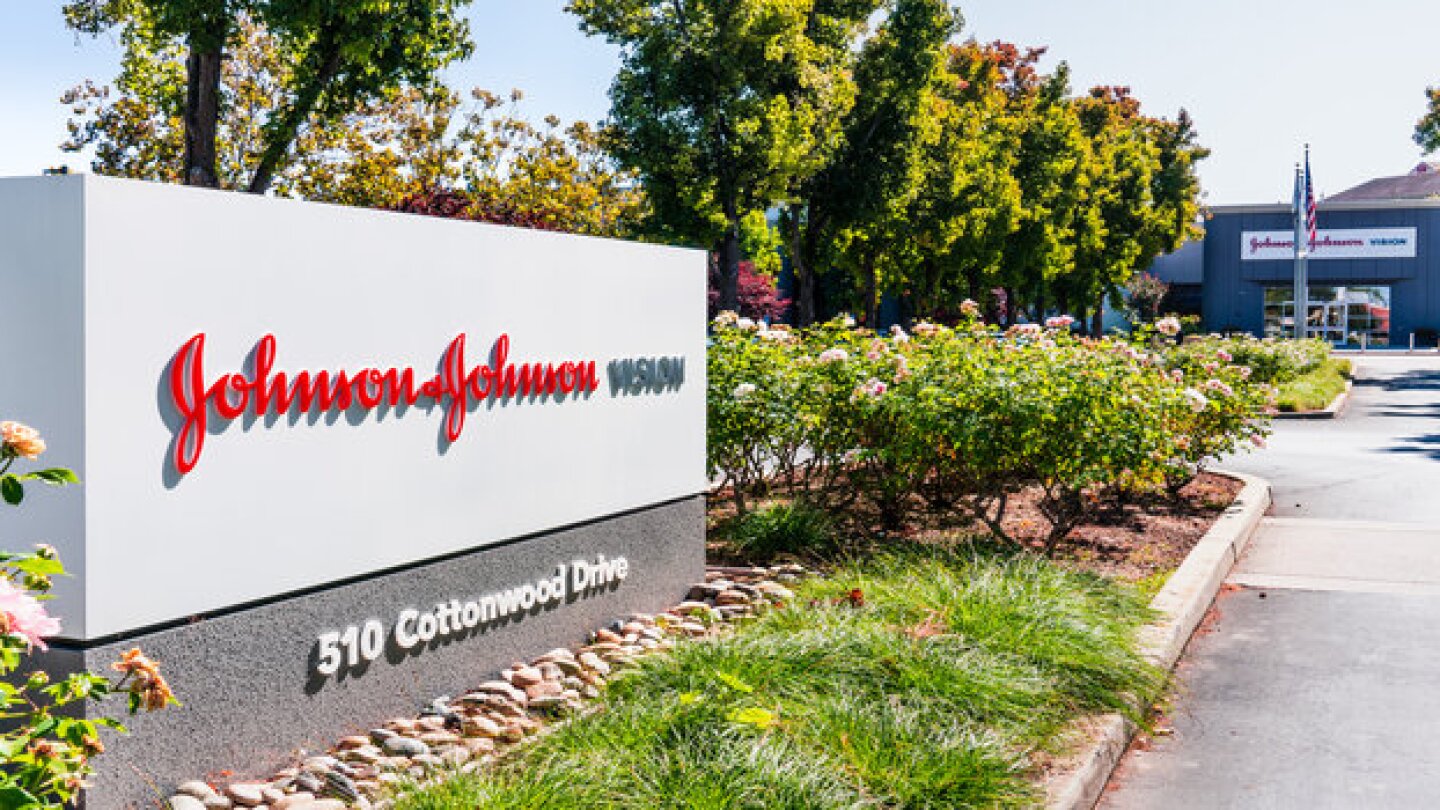News
The plausible mechanism pathway “could accelerate gene therapy/editing development,” analysts at William Blair said Thursday, while adding that additional clarity is needed.
FEATURED STORIES
While the FDA continues to put out guidance documents and approve drugs, some companies are already reporting delays in dealings with the agency, while insiders warn of falling morale and a negative perception from the rest of the biopharma world.
Mergers and acquisitions are not just for Big Pharma. A new report from Leerink Partners takes a stab at identifying the small- to mid-cap pharmas best prepared to bolster their pipelines with a buyout.
The coming flu season is the clearest indication yet that biopharma’s long-standing assumptions about predictability, prevention and portfolio structure are no longer guaranteed.
Job Trends
The number of employees laid off increased year over year during the first quarter. BioSpace recaps the five largest rounds of layoffs, which included BMS and Novartis cuts.
FROM OUR EDITORS
Read our takes on the biggest stories happening in the industry.
Less than a day into his second term, President Donald Trump ordered a freeze on communications at major public health agencies, among other moves that have sent waves through the biopharma industry.
THE LATEST
A new generation of companies is eyeing the existing, sizeable hair loss market, hoping that better formulations and new scientific targets will finally produce treatments that are safer and more effective, as well as commercially successful.
After a bidding war erupted between Pfizer and Novo Nordisk over the fledgling obesity drugmaker, Metsera sided with its original suitor in a final agreement announced late Friday evening.
During a press conference to announce a drug price deal for GLP-1s, President Donald Trump asked for more details about the ongoing bidding war between Novo Nordisk and Pfizer over obesity biotech Metsera.
Following restricted vaccine approvals and changes to CDC immunization schedules, Merck, Pfizer, GSK and Sanofi are all suffering revenue hits to their vaccine programs.
The Phase III results impressed Guggenheim Partners analysts both in terms of efficacy and safety. If approved, atacicept would become the first APRIL/BAFF inhibitor for IgAN to make it to the market.
The FDA previously placed two clinical studies on hold, including the Phase III trial in which the liver toxicity occurred. Intellia is working with experts to create a risk management program for nex-z.
Darzalex Faspro’s approval for smoldering multiple myeloma could allow for earlier intervention and reduce the risk of progression to active disease.
The nausea and other gastrointestinal side effects of weight loss drugs like Novo Nordisk’s Wegovy or Eli Lilly’s Zepbound will limit how much these drugs can help patients and stunt the overall obesity market unless we approach the problem head on.
The FDA awards a second round of Commissioner’s National Priority vouchers to six larger biopharma companies. And this time, with the exception of Eli Lilly’s orforglipron, the vouchers are for drugs that are already on the market.
The agreement will also secure a $150 price for future weight loss pills from Novo Nordisk and Eli Lilly—at least initially.

